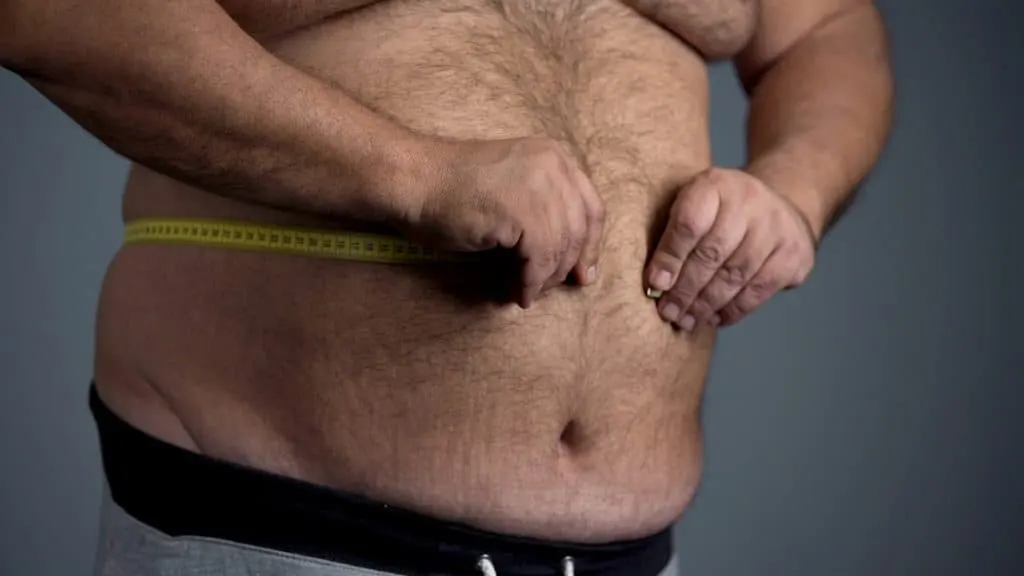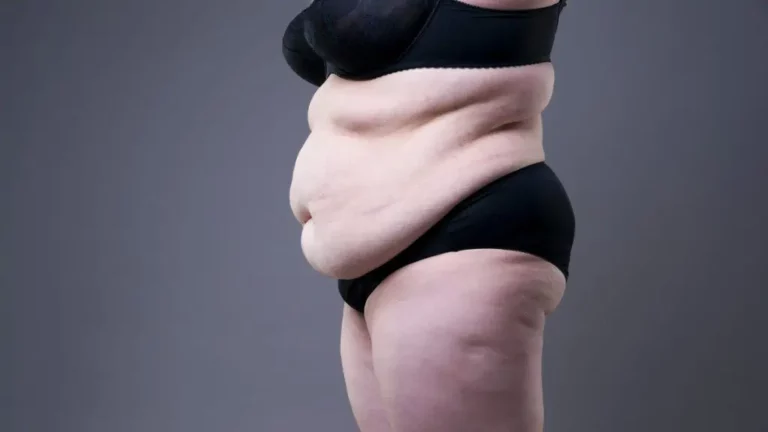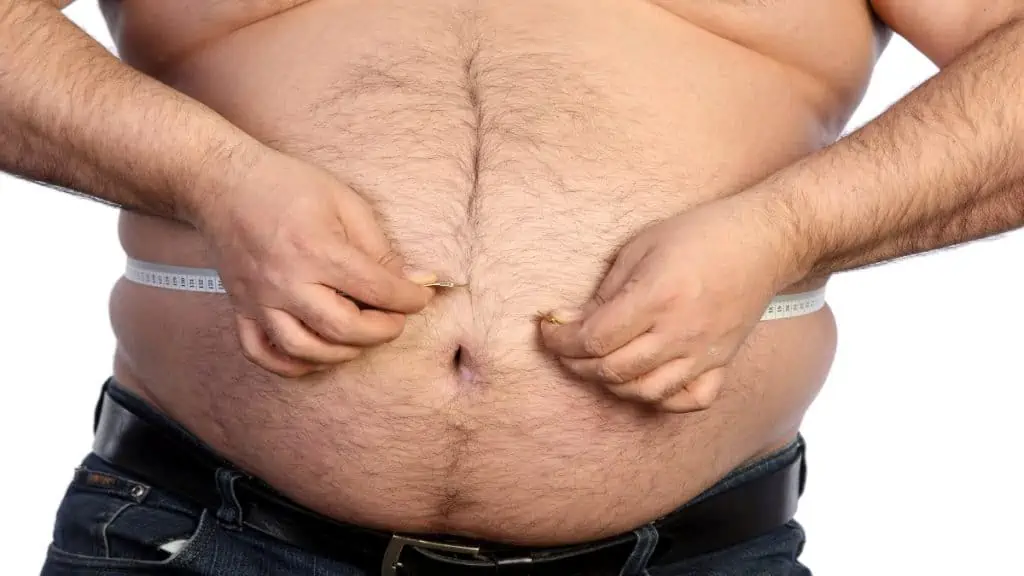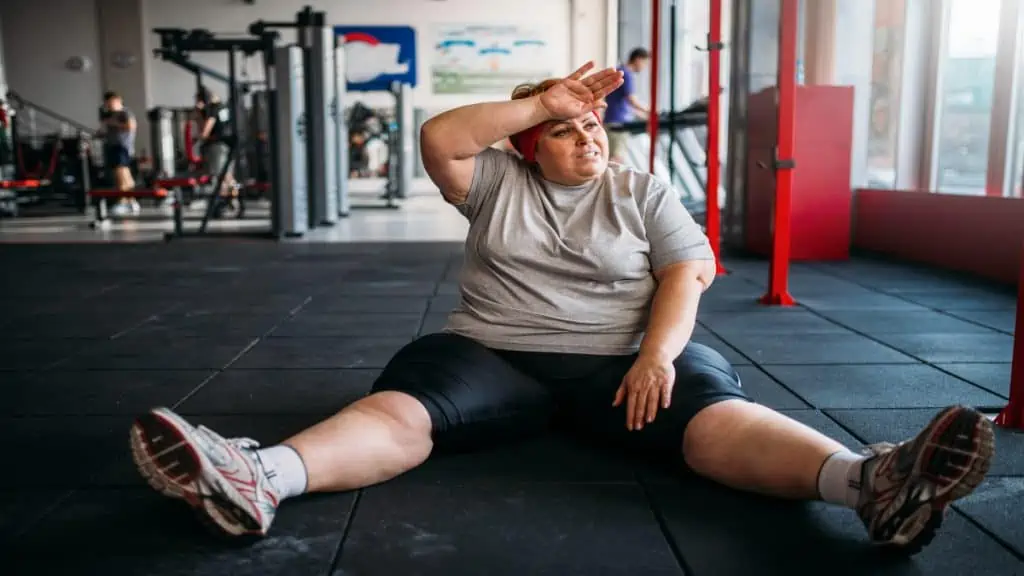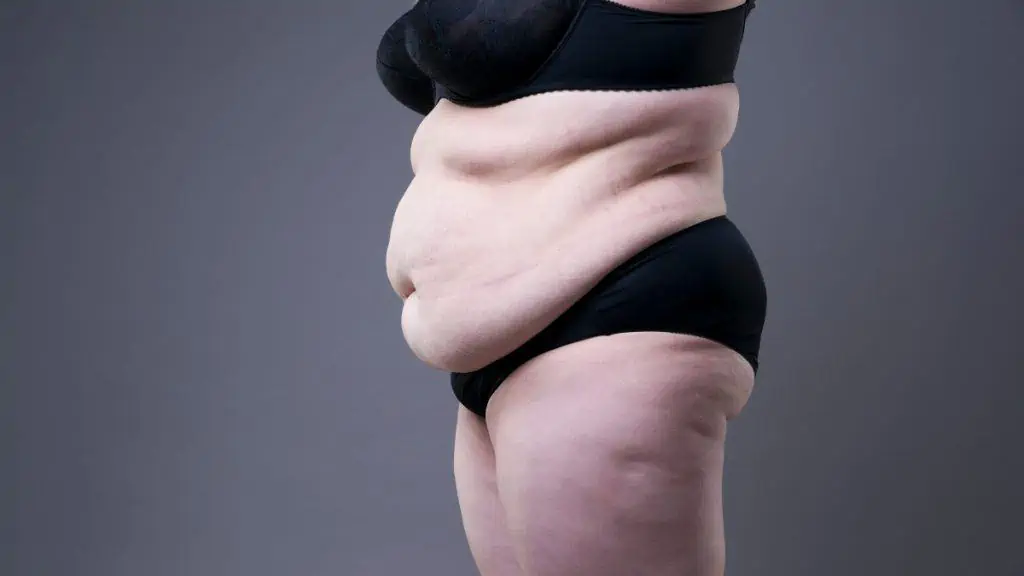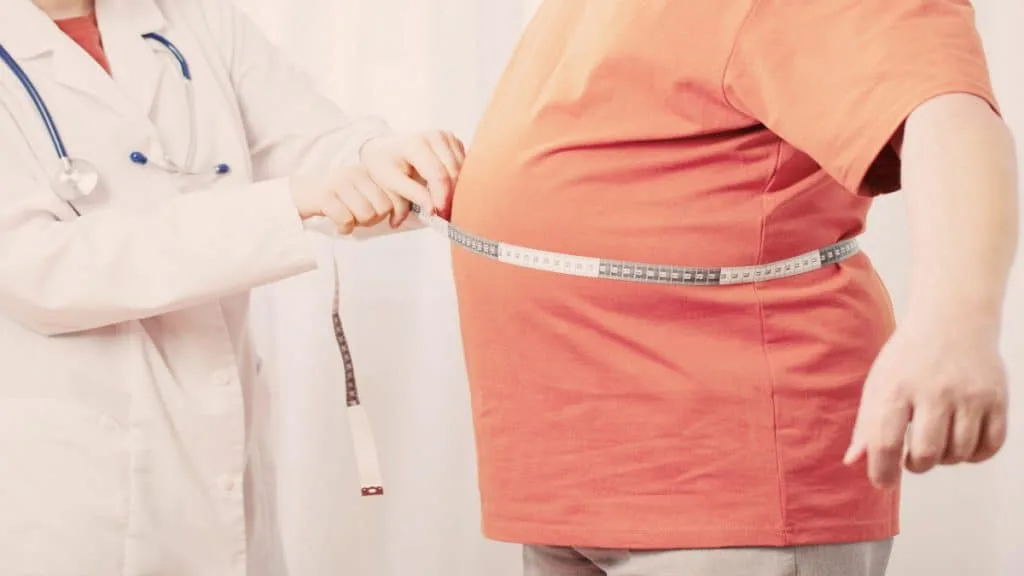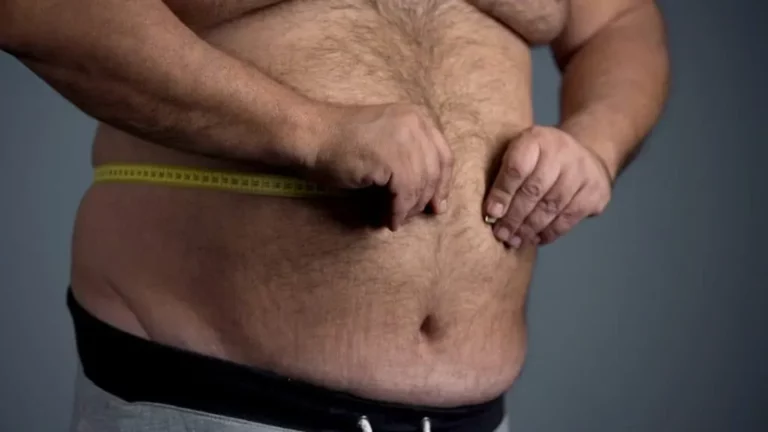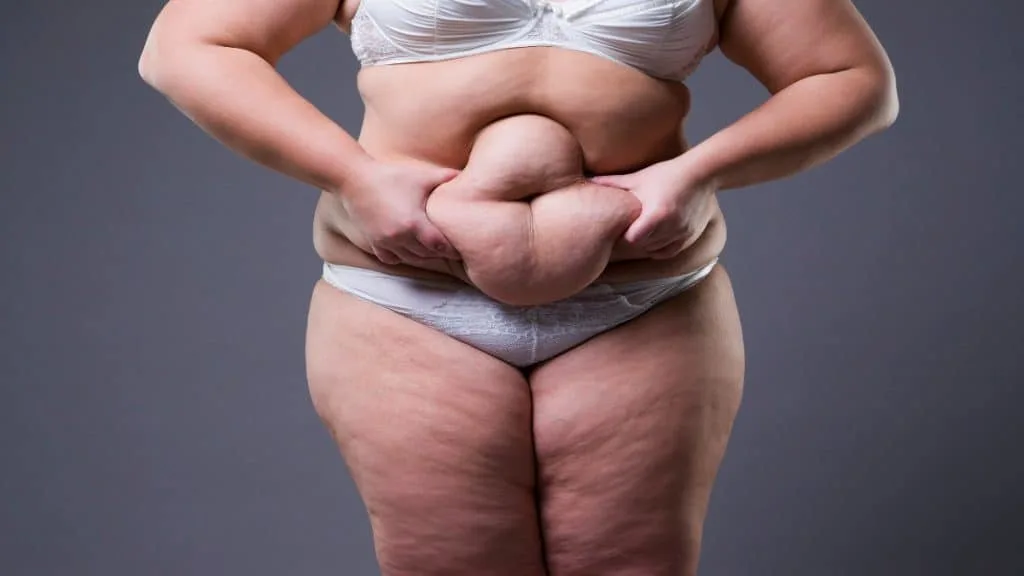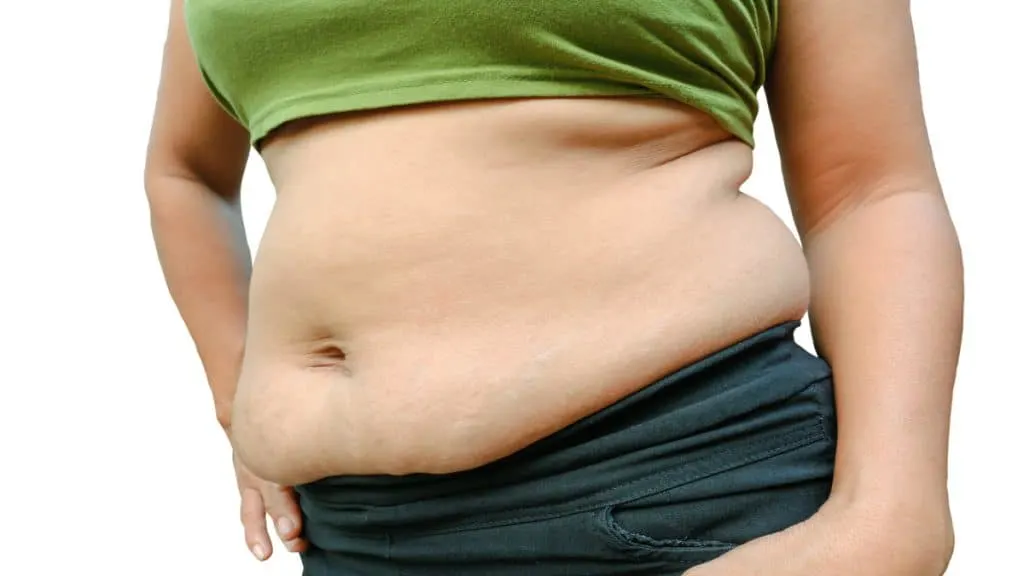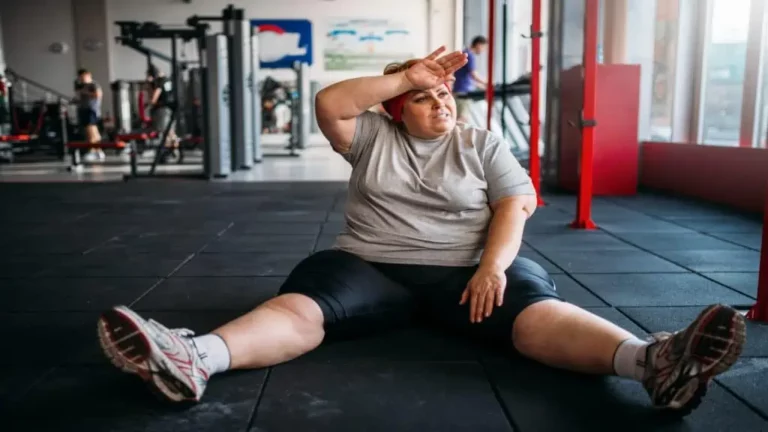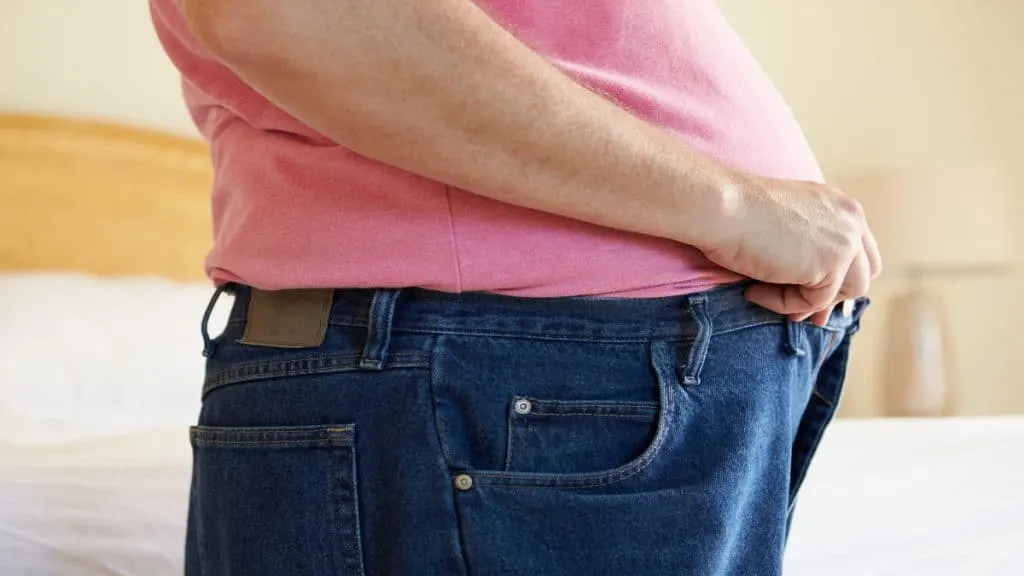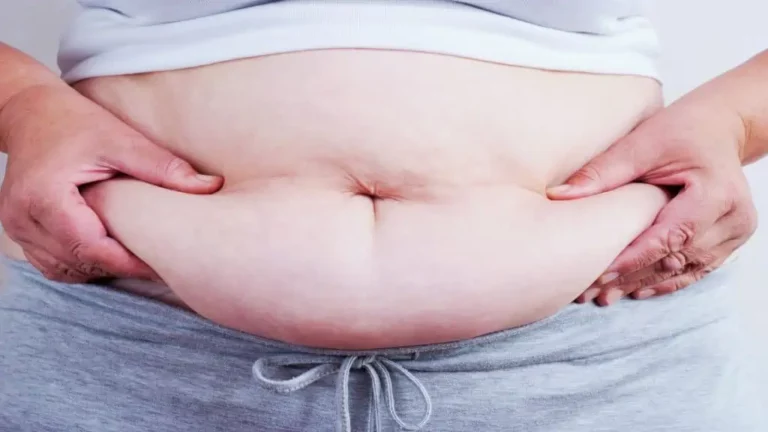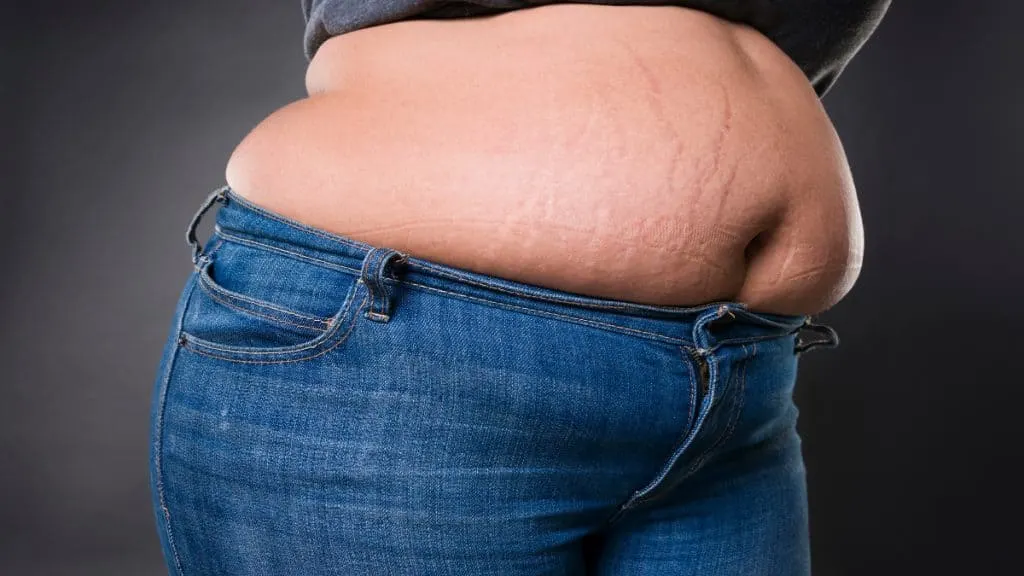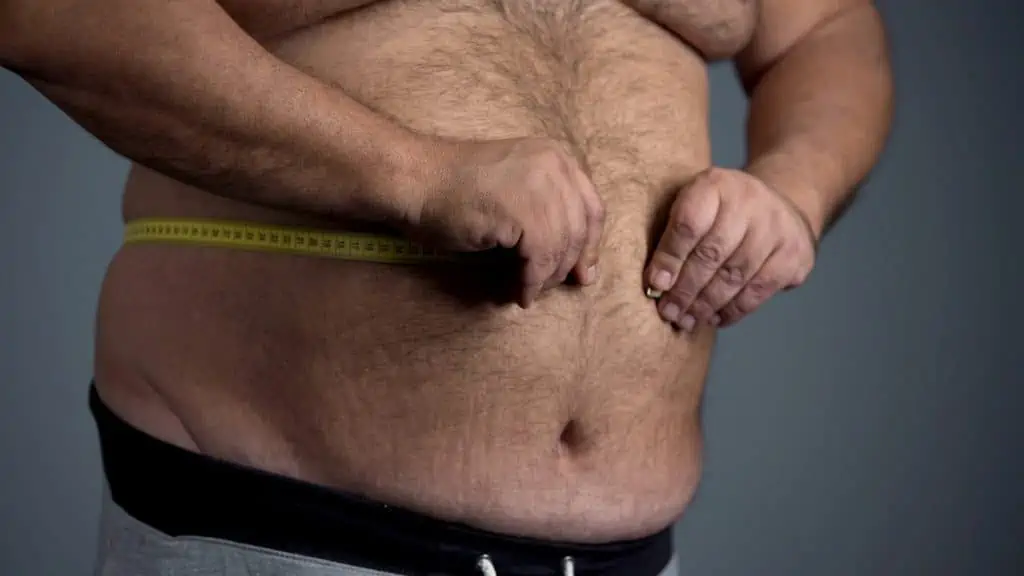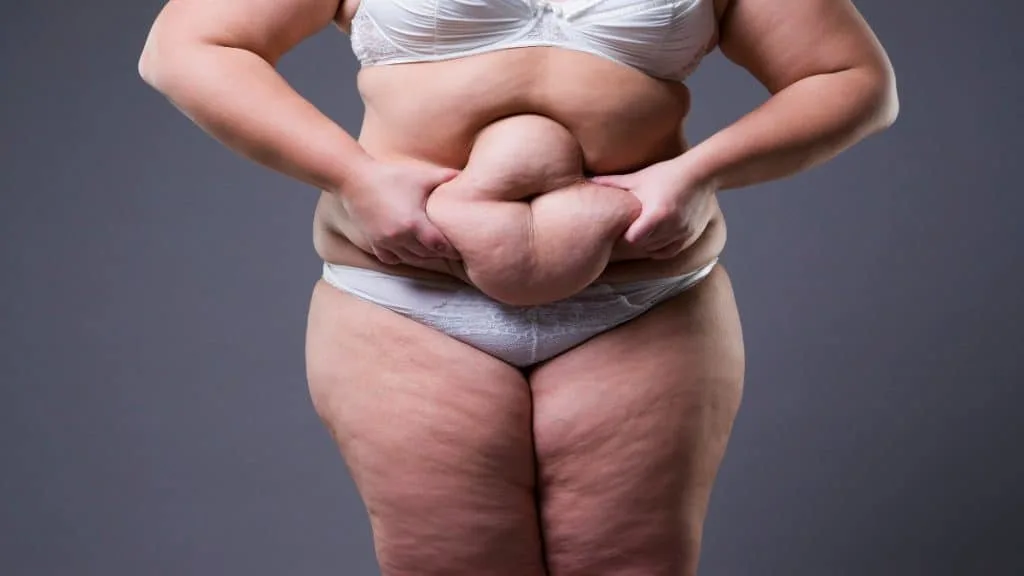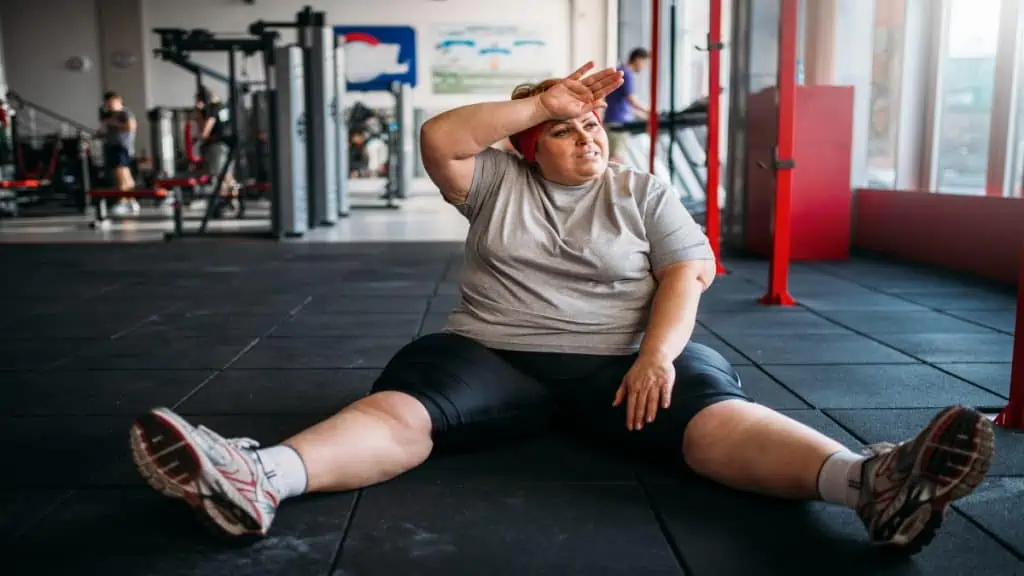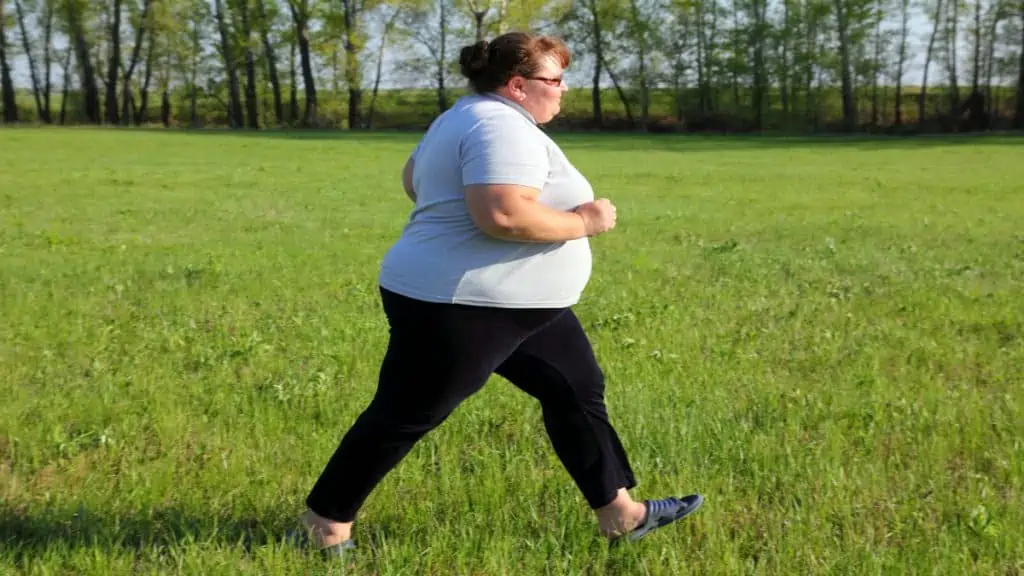While you should never feel pressured to have an excessively slim or muscular appearance, it is important to acknowledge that a 58 inch waist is extremely unhealthy for both men and women.
So what can you do to address this issue? The key lies in acquiring the right knowledge about weight loss and making wise choices.
To lose weight effectively, you need to combine moderate calorie reduction with increased physical activity, as fat loss requires creating an energy deficit. In practical terms, adopting sustainable exercise and dietary approaches is crucial for slimming down your 58 inch waist and maintaining long-term weight loss.

This entails incorporating more walking into your routine, engaging in high or moderate-intensity workouts a few times a week, and opting for lower-calorie, nutrient-rich foods instead of calorie-dense junk food.
- 50″ waistline
- 51″ waistline
- 52″ waistline
- 53″ waistline
- 54″ waistline
- 55″ waistline
- 56″ waistline
- 57″ waistline
- 59″ waistline
Why is having a 58 inch waist so bad for your physical health?
Having a 58-inch waist poses significant risks to your physical health. Let’s delve into why this is the case.
First and foremost, a waist measurement of 58 inches indicates a substantial amount of excess body fat. This excess fat, particularly around the abdominal area, is associated with a higher risk of developing various health conditions.
One major concern is the increased likelihood of developing cardiovascular diseases. Excessive fat around the waist is strongly linked to conditions such as high blood pressure, high cholesterol levels, and an increased risk of heart attacks and strokes.
Moreover, having a large waist circumference is often indicative of visceral fat accumulation. Visceral fat surrounds the internal organs, and its presence is strongly associated with an increased risk of developing type 2 diabetes. This is because visceral fat disrupts the body’s insulin function and affects blood sugar regulation.
Furthermore, carrying excess weight around the midsection can lead to musculoskeletal problems. The added strain on the spine, hips, and knees can result in chronic pain and joint issues, making mobility and physical activity challenging.
Additionally, individuals with a 58-inch waist are more likely to experience respiratory issues. Excess fat in the abdominal area can impede the movement of the diaphragm, making it harder to breathe properly and potentially leading to conditions like sleep apnea.

Overall, the health risks associated with a 58-inch waist are numerous and severe. It is crucial to take steps to reduce waist circumference through a combination of healthy eating, regular physical activity, and lifestyle changes to improve overall health and mitigate the risks associated with excessive abdominal fat.
How can you get rid of your 58 inch waist?
If you want to reduce your 58-inch waist, there are some simple steps you can take. Remember, it’s important to consult with a healthcare professional before starting any new exercise or diet program.
Firstly, increase your physical activity. Engaging in regular exercise helps burn calories and reduce overall body fat. Try incorporating aerobic activities like brisk walking, swimming, or cycling into your routine. These activities boost your heart rate and aid in shedding extra pounds.
Additionally, strength training exercises can be beneficial. They help build muscle, which in turn increases your metabolism and helps burn more calories. Simple exercises like squats, lunges, and push-ups can be done at home without any fancy equipment.
Moreover, pay close attention to your diet. Focus on consuming whole, unprocessed foods while limiting your intake of sugary snacks and beverages. Opt for fruits, vegetables, lean proteins, and whole grains. These provide essential nutrients while keeping you full and satisfied.
It’s also crucial to watch your portion sizes. Instead of large plates, use smaller ones to control your servings. This simple change can make a significant difference in calorie intake. Try eating slowly and paying attention to your body’s hunger and fullness cues.
In addition to exercise and diet, it’s essential to stay hydrated. Drinking an adequate amount of water can help regulate your metabolism and curb overeating.
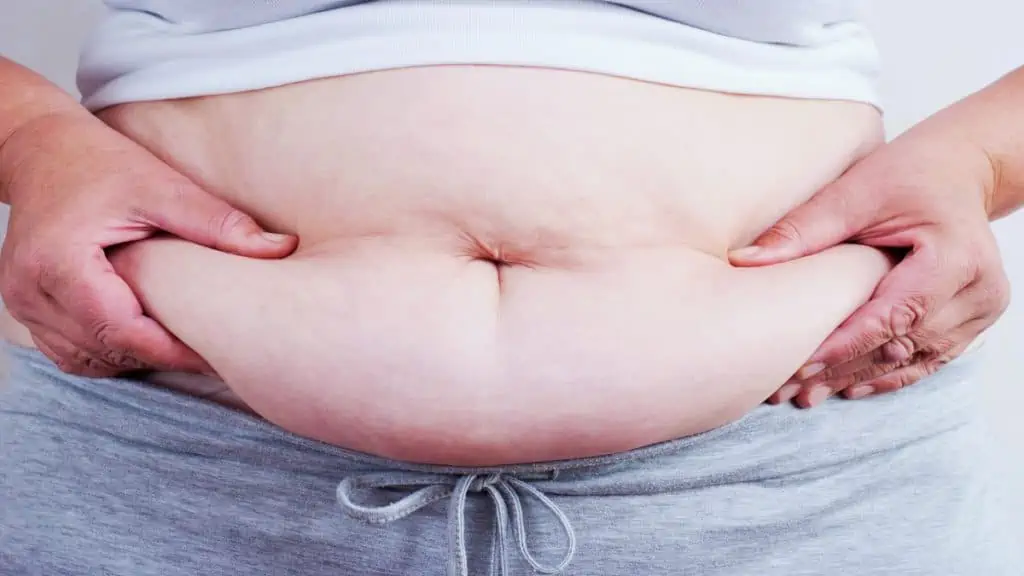
Lastly, getting enough sleep is crucial for weight management. Aim for at least 7-8 hours of quality sleep each night. Sleep deprivation can disrupt hormones related to hunger and satiety, leading to increased cravings and overeating.
How long will it take to see results?
The time it takes to see results in reducing your waistline can vary from person to person. It’s important to remember that sustainable and healthy weight loss is a gradual process.
Typically, you may start noticing initial changes within a few weeks of implementing a regular exercise and diet routine.
The rate at which you’ll see significant results depends on various factors, such as your starting weight, body composition, metabolism, and adherence to the plan.
In general, aiming for a weight loss of 1-2 pounds per week is considered safe and sustainable. Gradual weight loss is more likely to lead to long-term success and prevent the negative effects of rapid weight loss.
It’s important to keep in mind that losing inches around your waist doesn’t always directly correlate with pounds on the scale. As you engage in regular exercise, you may be building lean muscle mass, which can affect your weight but contribute to a slimmer waistline.
It’s also important to focus on overall health rather than just the number on the measuring tape. Improvements in energy levels, endurance, and overall fitness can be noticeable even before significant changes in waist measurements.
Patience and consistency are key when embarking on a weight loss journey. Aim for sustainable lifestyle changes rather than quick fixes or fad diets.
Remember to celebrate small victories along the way and stay motivated. Tracking your progress, whether it’s through measurements, photos, or how your clothes fit, can help you stay accountable and encouraged.
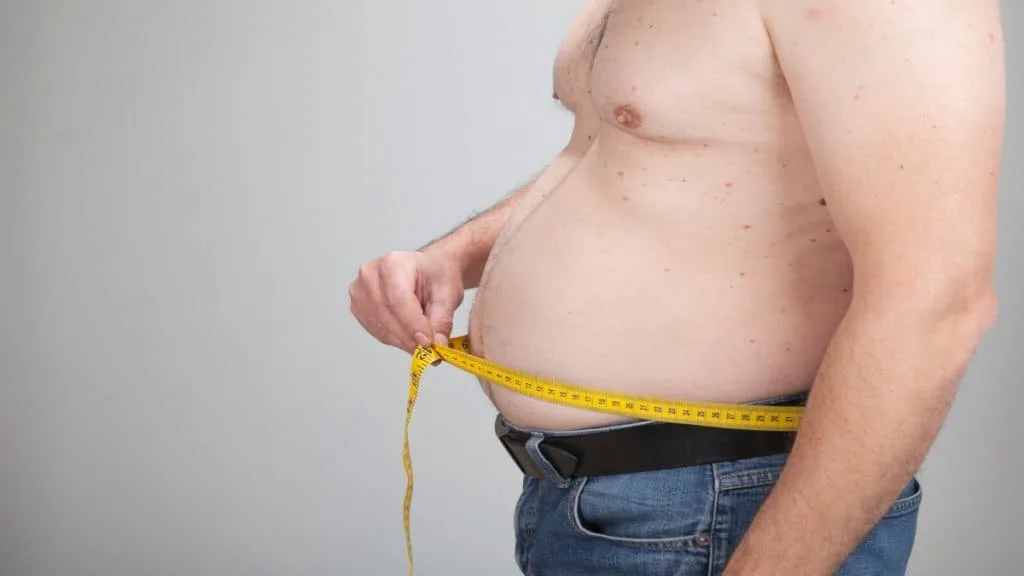
Everyone’s body is unique, so the timeline for seeing results will differ. Focus on making positive changes to your lifestyle, and the results will come in due time.
How to slim your 58 inch waistline?
If you’re looking to slim down your 58-inch waistline, there are several steps you can take to achieve your goal. Remember to consult with a healthcare professional before starting any new exercise or diet regimen.
Exercise regularly
Engage in physical activities like brisk walking, cycling, or swimming. Aim for at least 30 minutes of moderate-intensity exercise five days a week. Transition to an active lifestyle.
Incorporate strength training
Add strength exercises to your routine to build muscle and boost your metabolism. These exercises can include squats, lunges, and abdominal crunches.
Eat a balanced diet
Focus on consuming nutrient-rich foods and reduce your calorie intake. Include fruits, vegetables, whole grains, lean proteins, and healthy fats in your meals. Minimize processed and sugary foods.
Control portion sizes
Use smaller plates and bowls to help control portion sizes. Be mindful of your hunger and fullness cues to avoid overeating.
Stay hydrated
Drink plenty of water throughout the day. Water helps in digestion, keeps you feeling full, and aids in weight loss.
Limit alcohol consumption
Alcoholic beverages are high in calories and can hinder weight loss efforts. Cut back on your alcohol intake or opt for healthier alternatives.
Get enough sleep
Aim for seven to eight hours of quality sleep each night. Lack of sleep can disrupt your metabolism and increase cravings for unhealthy foods.
Stay consistent and patient
Remember that healthy weight loss is a gradual process. Be patient and stay consistent with your exercise and diet habits.

In summary, adopting a regular exercise routine, following a balanced diet, controlling portion sizes, staying hydrated, limiting alcohol, getting enough sleep, and maintaining consistency are key to slimming your waistline. By implementing these steps, you can work towards achieving a healthier and slimmer waistline.
Conclusion
In conclusion, having a 58-inch waist is extremely unhealthy and carries significant risks to your physical health. It is crucial to take steps to reduce waist circumference through a combination of healthy eating, regular physical activity, and lifestyle changes.
By focusing on sustainable exercise and dietary approaches, such as incorporating more physical activity, opting for nutrient-rich foods, and reducing calorie intake, you can work towards slimming down your waistline.
Remember that results may vary, and patience and consistency are key. By making positive changes to your lifestyle, you can improve your overall health and achieve a slimmer waistline over time.
References
- World Health Organization (WHO) – “Waist circumference and waist-hip ratio: Report of a WHO expert consultation” – This publication by the WHO provides guidelines and information on waist circumference as an indicator of abdominal obesity and its relationship to health risks. It can help you understand the health implications of excessive waist size. [Available online: https://apps.who.int/iris/handle/10665/44583]
- Mayo Clinic – “Weight loss: 6 strategies for success” – This article from Mayo Clinic offers practical advice and strategies for effective weight loss. It provides tips on combining calorie reduction with physical activity, setting realistic goals, and making sustainable lifestyle changes. [Available online: https://www.mayoclinic.org/healthy-lifestyle/weight-loss/in-depth/weight-loss/art-20047752]
- Harvard Health Publishing – “Abdominal fat and what to do about it” – This article from Harvard Medical School explains the health risks associated with excess abdominal fat and provides insights into effective strategies for losing belly fat. It offers tips on diet, exercise, and lifestyle changes that can help in reducing waist circumference. [Available online: https://www.health.harvard.edu/staying-healthy/abdominal-fat-and-what-to-do-about-it]
- National Institute of Diabetes and Digestive and Kidney Diseases (NIDDK) – “Choosing a Safe and Successful Weight-loss Program” – This resource from the NIDDK provides guidance on selecting a safe and effective weight loss program. It emphasizes the importance of a balanced approach that includes healthy eating, physical activity, behavior changes, and long-term maintenance. [Available online: https://www.niddk.nih.gov/health-information/weight-management/choosing-safe-successful-weight-loss-program]


